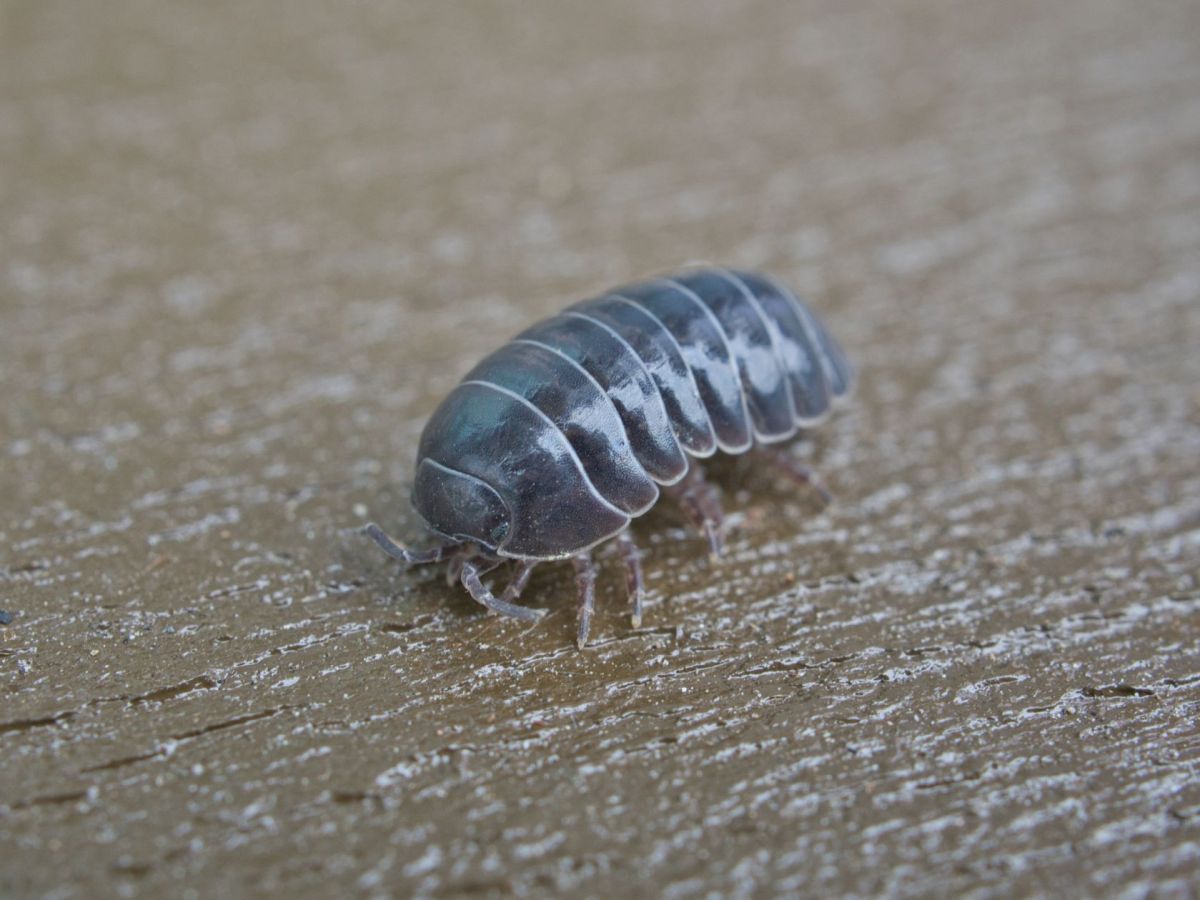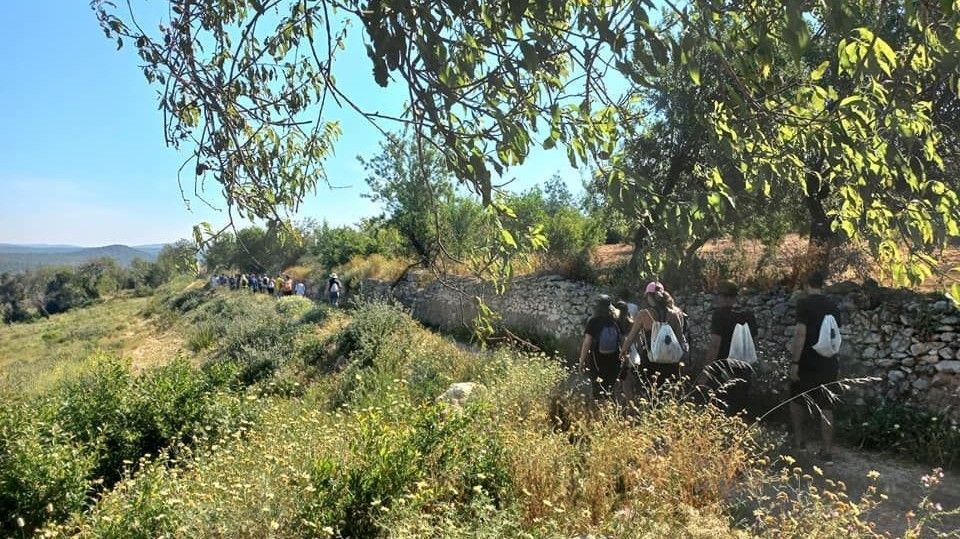The species, named Eluma cristata, is the first of its kind recorded in colovions – subterranean habitats located closer to the surface than caves – and is notable for having been found within a protected area of the park. The discovery marks the first species identified by Eusébio, a native of Caldas da Rainha.
The specimen was located during an excavation about 60 centimetres below the surface in Alcobertas, Rio Maior municipality, Santarém district. The biologist explained that the species was immediately recognisable due to pronounced crests on each body segment, a feature not seen in other members of the genus Eluma in Portugal. Comparative studies with specimens from Spain and elsewhere in Europe confirmed that no similar species exists.
Beyond its scientific significance, the discovery highlights the ecological importance of these lesser-known habitats, which act as refuges for surface species and could host further undiscovered organisms. Eusébio emphasised that the finding strengthens the case for protecting these fragile environments.
Eluma cristata was formally described in the journal Subterranean Biology, based on research conducted at the Centre for Ecology, Evolution and Environmental Changes (CE3C), funded by a doctoral scholarship from the Portuguese Foundation for Science and Technology. The work is part of the Doctoral Programme in Biology and Ecology of Global Change at the Faculty of Sciences, University of Lisbon, and linked to the Chair in Subterranean Ecosystem Sustainability in Loulé.
The research was conducted in collaboration with Stefano Taiti from the Italian Research Council and La Specola Museum in Florence. Measuring around one centimetre and capable of rolling into a ball, the woodlouse is a cryptic organism that avoids the surface. According to Eusébio and her advisor Ana Sofia Reboleira, woodlice play a crucial ecological role as recyclers of organic matter, feeding on plant material and debris and returning nutrients to these habitats.













